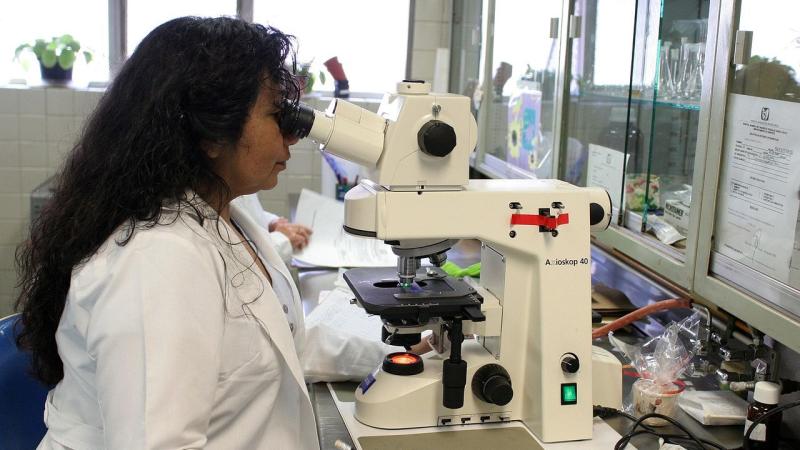
In a recent study, researchers from the Institute for Stem Cell Biology and Regenerative Medicine (InStem), Bengaluru, and the University Hospital of Odense, Denmark, have observed some fascinating aspects of non-dividing stem cells from the bone marrow. The study, partially funded by the Department of Biotechnology, was published in the journal Stem Cell Research.
Our bone marrow is a soft, spongy material containing specialised cells like the hematopoietic stem cells and the non-hematopoietic bone marrow stromal stem cells. While the former participants in the production of different blood cells, the latter acts as the progenitor of skeletal tissues like bone and cartilage.
These stem cells do not divide actively throughout our lifetime, sometimes they undergo a stage called quiescence, where they stop replicating and take a break. How do these cells behave when they are in quiescence? What special biological features do these cells have? These were some of the questions the researchers of the current study wanted to answer.
The first step for the researchers in their endeavour was to bring all the cells under study to a quiescent stage. They did so in two ways—first, by growing cells suspended in a viscous medium, and second, by raising them on soft gels made of polyacrylamide, a polymer. They then isolated these non-dividing stem cells and studied the changes in their behaviour as compared to their dividing counterparts.
The researchers found that when cells go through quiescence, there are many changes in their cellular and molecular properties. In comparison to stem cells that divide, they showed a decrease in the production of DNA, RNA and the protein cyclin, which controls the division of cells. Interestingly, the researchers also observed that induction of quiescence in stem cells enhanced their 'stemness-phenotype' or their ability to grow into different types of cells. In fact, this is ability is what sets stem cells apart from normal cells.
When the researchers let the stem cells in quiescence to divide again, the cells had an increased ability to go through numerous cycles of division. They also showed a preference towards growing into osteoblasts, or bone-forming cells. When these cells were implanted into mice, they showed an increased ability to form new bones. The quiescent cells also showed enhanced expression of some genes which regulate the regeneration of tissues.
The researchers infer that inducing quiescence in cultured bone marrow stem cells provides a model for analysing various biological mechanisms associated with them. “Our findings are relevant for future studies addressing aspects of the in vivo biology of the bone marrow stromal stem cells”, they conclude.
